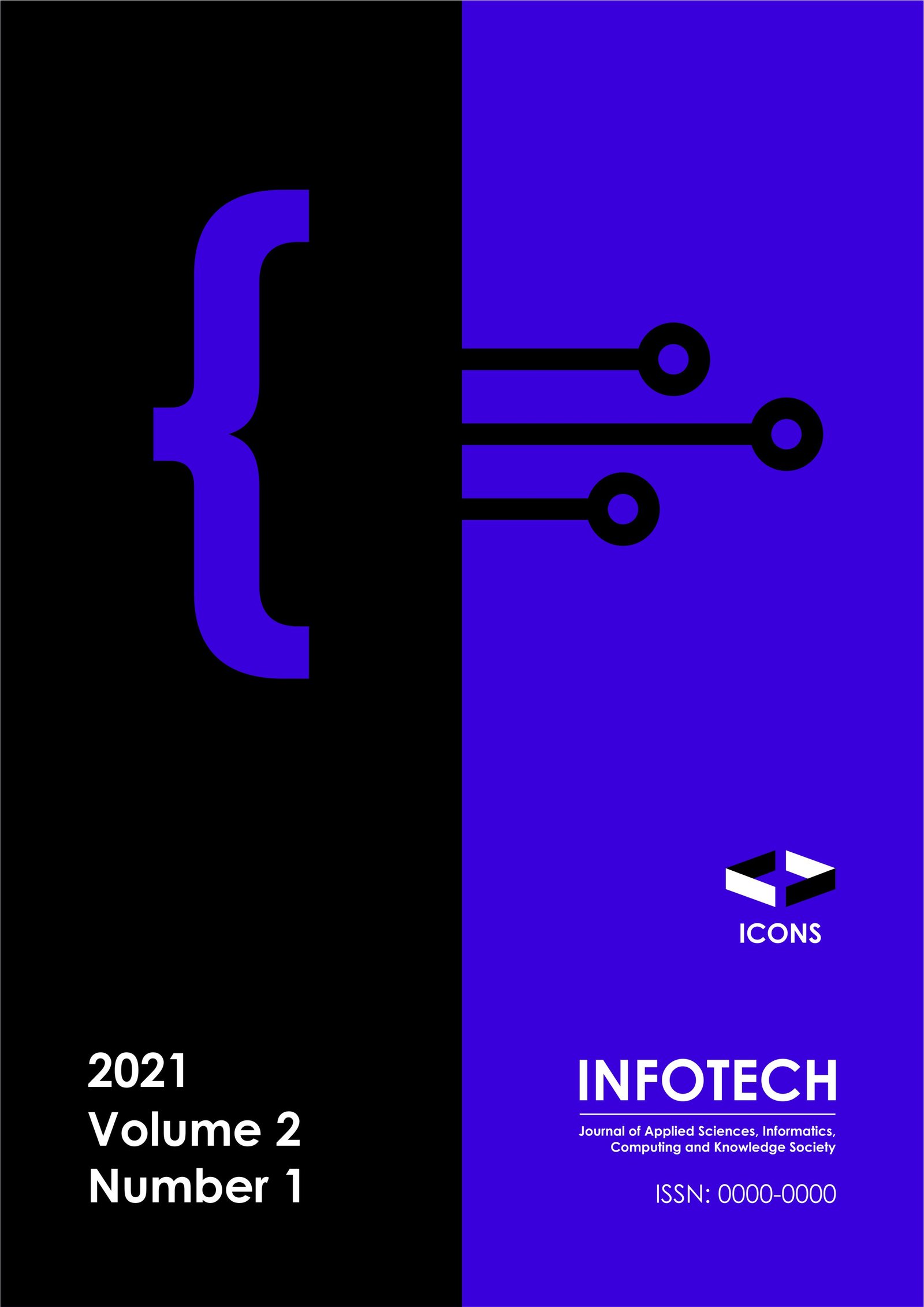Storytelling as an Innovative Teaching Tool for Promoting Meaningful Learning in the Educational Environment: Exploration and Applications
Keywords:
Digital narrative, storytelling, meaningful learningAbstract
In today's society, the integration of technologies has become essential in educational environments. This research emerges from the issue related to the limited incorporation of technologies in teaching and learning processes, specifically addressing the need to adopt storytelling as an innovative strategy to achieve meaningful learning. The main objective was to contribute to the development of novel educational approaches by applying tools centered around digital narratives, taking into consideration the transformation of the educational model in the post-pandemic context. The structure of this work is organized as follows: firstly, a synthesis of key elements of digital narratives and storytelling is presented; secondly, the methodology used is described, involving a qualitative-quantitative approach through an exploratory study that engaged a sample of 36 teachers from the Educational District 17D03 of the Ministry of Education in the city of Quito, Ecuador. Additionally, an interview with the academic coordinator was conducted. Finally, the results revealed that teachers do not implement digital narratives like storytelling in the classroom. In conclusion, it is emphasized that storytelling is an engaging and accessible methodology that promotes motivation and interest in learning among students.
References
Ausubel, D. (2002). Acquisition and Retention of Knowledge: A Cognitive Perspective. Barcelona: Paidós.
Ausubel, D. P., Novak, J. D., Hanesian, H., & Sandoval Pineda, M. (1995). Educational Psychology: A Cognitive View (2nd ed.). Mexico: Trillas.
Bransford, J., Derry, S., Berliner, D., & Hammersness, K. (2005). Theories of Learning and Their Roles in Teaching. In L. Darling-Hammond & J. Bransford (Eds.), Preparing Teachers for a Changing World (pp. 40-87). San Francisco: Jossey Bass.
Boyd, D. M., & Ellison, n. B. (2008). Social Network Sites: Definition, History, and Scholarship. Journal of Computer-Mediated Communication.
Díaz Barriga, A. F., Pacheco, P. D., & Vázquez, N. V. (2017). Digital storytelling as a pedagogical device to promote complex learning and critical thinking about psychoeducational intervention with institutionalized minors.
http://somece2015.unam.mx/anterior/MEMORIA/21.pdf
Gardner, R. A. (1970). The Mutual Storytelling Technique: Use in the treatment of a child with post-traumatic neurosis. Journal of Learning Disabilities, 24, 419-439.
Hermann Acosta, A. (2015). Digital Narratives as Didactics and Learning Strategies in the Processes of Assimilation and Retention of Knowledge. Sophia, 1(19), 253.
https://doi.org/10.17163/soph.n19.2015.12
Hermann-Acosta, A., & Pérez-García, A. (2019). Digital Narratives, Digital Stories, and Transmedia Narratives: A Systematic Literature Review in Ibero-American Education Context. Revista ESPACIOS, 40(41), 5-19.
Hernández Sampieri, R., Fernández Collado, C., & Baptista-Lucio, P. (2010). Research Methodology (5th ed.). McGraw-Hill.
Jenkins, H., Purushotma, R., Weigel, M., Clinton, K., & Robinson, A. J. (2009). Confronting the Challenges of Participatory Culture: Media Education for the 21st Century. Massachusetts: Massachusetts Institute of Technology.
Johnson, M. G., & Davies, M. S. (2014). Self-Regulated Learning in Digital Environments: Theory, Research, Praxis. British Journal of Research 1(2), 68-80.
Johnson, David, & Roger Johnson (2014). Assessment in Cooperative Learning: Improving Individual Assessment Through Group, Madrid, Ediciones SM.
Kolb, D., & Kolb, A. (2005). Learning Styles and Learning Spaces: Enhancing Experiential Learning in Higher Education. Academy of Management Learning & Education, 193-212.
Rosales, S., & Roig, R. (2017). Digital storytelling as a narrative element in the educational context. Notandum, 44–45, 163–174. http://rua.ua.es/dspace/handle/10045/58973
McKee, R. (1997). Story: Substance, Structure, Style and the Principles of Screenwriting. New York: ReganBooks.
Montfort, Nick (2007). Narrative and Digital Media (pp. 172-188). D. Herman (ed.) The Cambridge Companion to Narrative. Cambridge University Press.
Murray, J. (2016). Versions: The Creative Landscape of Virtual Reality. Janet H. Murray. Humanistic Design for an Emerging Medium. https://inventingthemedium.com/category/vi-onward-with-invention/virtualreality-storytelling-vi-onward-with-invention/
Novak, J.D. (1981). A Theory of Education. São Paulo: Pioneira. Portuguese translation by M.A. Moreira, from the original A Theory of Education. Ithaca, N.Y: Cornell University, 1977
Robin, B. R. (2016). “The Power of Digital Storytelling to Support Teaching and Learning”. Digital Education Review, 30, 17-29.
Rosales, M. M. (2014). Evaluative Process: Summative Assessment, Formative Assessment, and Its Impact on Current Education. Ibero-American Congress of Science, Technology, Innovation, and Education, 1–13. http://www.oei.es/congreso2014/memoriactei/662.pdf

